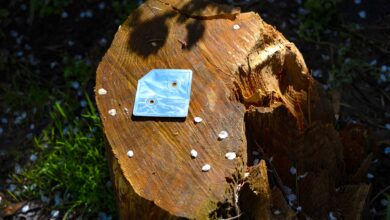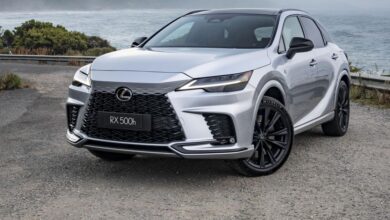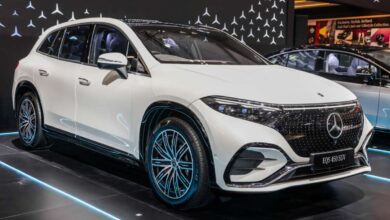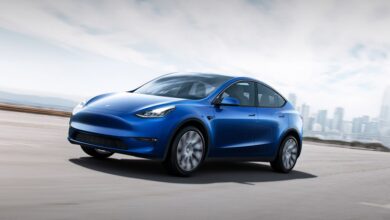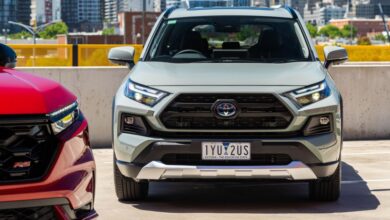Honda CB900F Bol d’Or successor to CB750
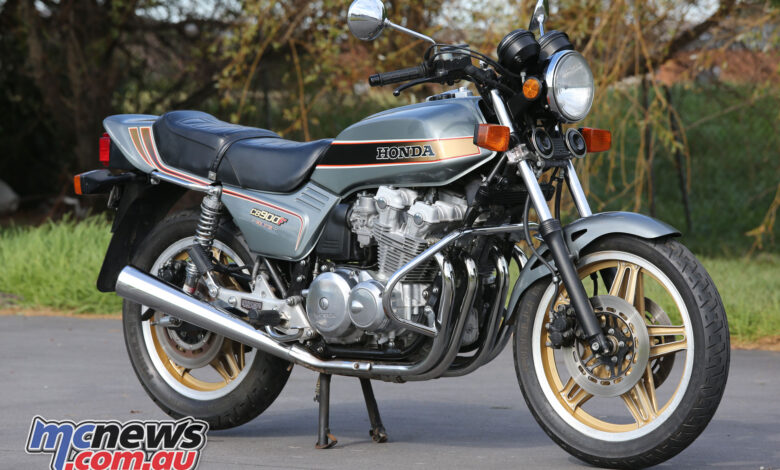
Honda CB900F Bol d’Or
With Ian Falloon
While Honda had started the revolution that saw four-cylinder motorcycles dominate, by the mid-1970s their single overhead camshaft CB750 was no longer king. In 1972 the Kawasaki Z1 replaced the Honda CB750, and soon Suzuki and Yamaha had dual overhead camshafts on their fours. But they were all two-valve cylinder head designs, and Honda, more than anyone, appreciated the advantages of four valves per cylinder.

Honda’s first four-valve racer was the 1959 RC142 125cc twin. At the time, four valves per cylinder were considered antiquated by European manufacturers constrained by tradition. The RC142 gave Honda an impressive debut on the Isle of Man, but the 87kg racer was underpowered and lacked handling refinement.
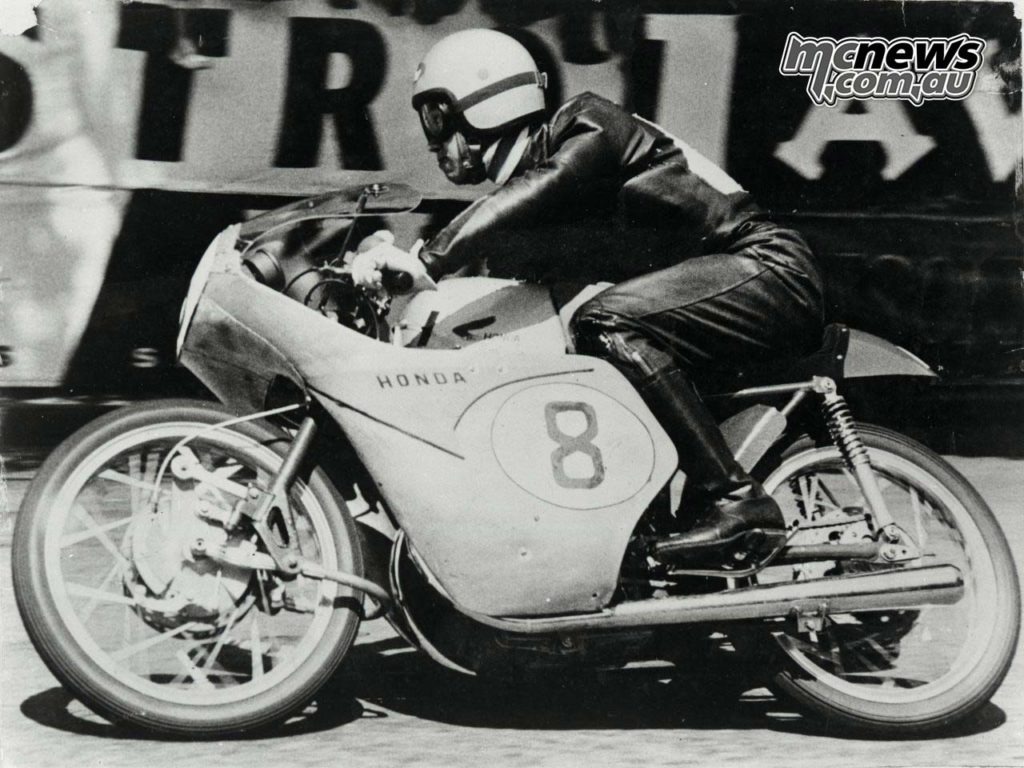
By 1961, the RC142 had evolved into the RC144, and Australian rider Tom Phillis gave Honda its first Grand Prix win and first World Championship. In 1962, Phillis was expected to race in the 50, 125 and 250 classes, but took over Redman’s 350cc RC171 for the Isle of Man Junior TT. He was killed on the bike in a crash at Laurel Bank, just two days after finishing third in the Lightweight TT.

Pairing two 125 twin engines created the RC161 inline four-cylinder 250 and Honda set their sights on winning the 250cc world championship in 1961. This year they produced the RC162, and it was privateer Mike Hailwood who stole the glory from the factory riders by winning the world championship.
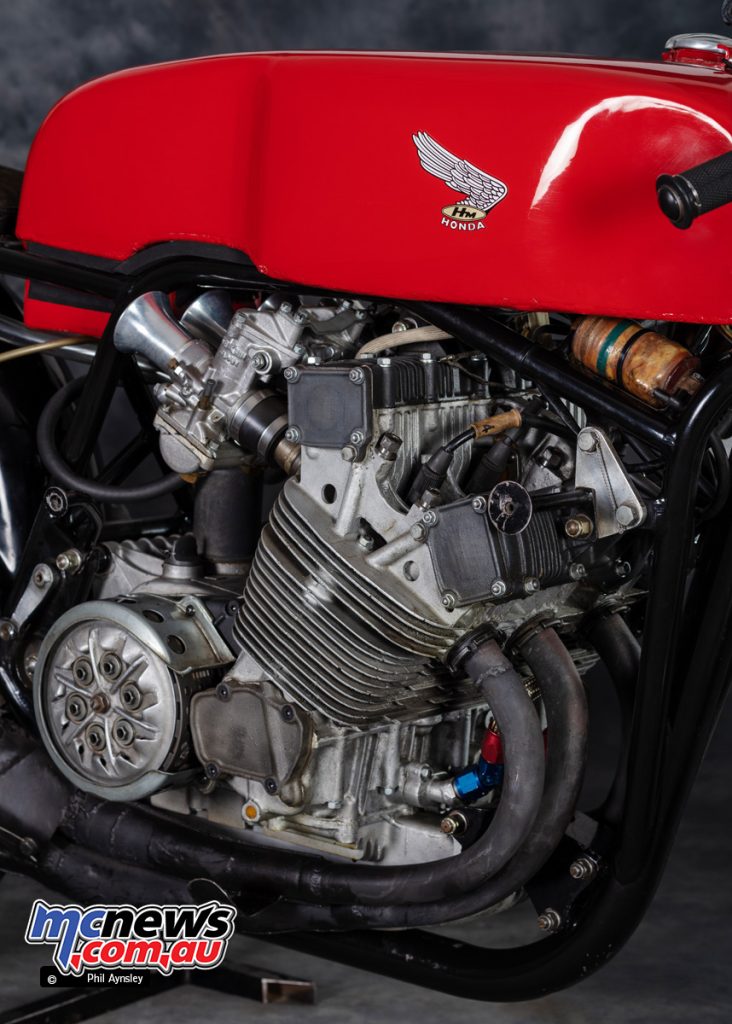
The ultimate four-cylinder Honda Grand Prix racer was the bulky 500cc RC181 of 1966 and 1967. Piloted by Mike Hailwood, even his talent could not overcome the handling shortcomings of the 90hp machine and it never won a World Championship.
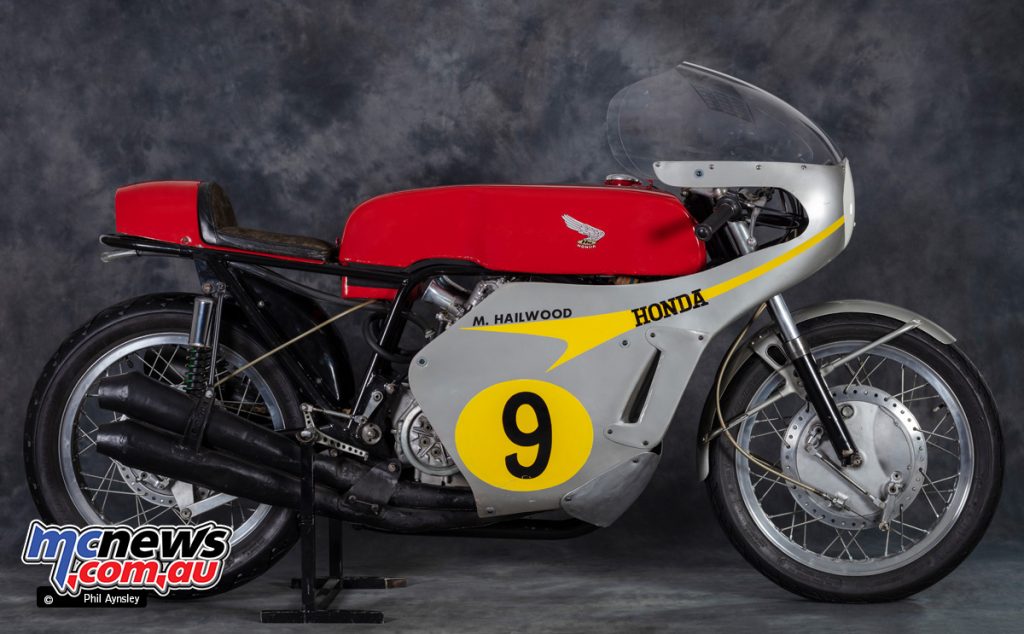
After an eight-year hiatus, Honda returned to motorcycle competition in 1976 with the RCB endurance racer. It won the Bol d’Or and all other events that year, and repeated the feat in 1977. The RCB’s success continued in 1978 and 1979, but by 1980, regulations had changed and the RCB was banned.
With such a successful history with four-valve engines, it was only a matter of time before four-valve engines appeared on Honda production motorcycles.
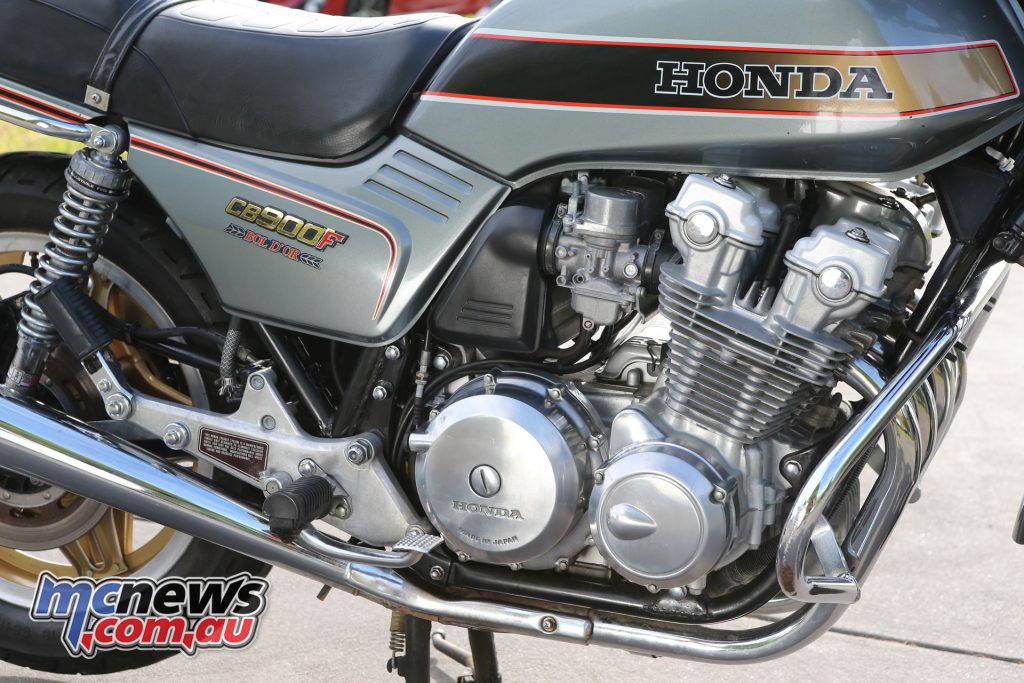
Honda’s first four-valve production engine was the spectacular CBX six-cylinder, but it never sold well. So in 1979, the new 900 twin-overhead-cam four-cylinder replaced the CB750 single-overhead-cam. Although the 900 capitalized on the RCB’s success in endurance racing and was named the Bol d’Or, there was little in common between the CB750-based RCB and the new engines.
The new 900 four-cylinder engine has taken a change of direction from the previous evolutionary theme, sharing many design features with the CBX 1000. Apart from twin overhead camshafts and four valves per cylinder, the main drivetrain is a Hy-Vo chain, to the crankshaft including the clutch and spring damper.

The generator is located on the right end of a five-bearing forged crankshaft, with electronic ignition on the left. There are two timing chains, with a Hy-Vo chain connecting the crankshaft to the exhaust camshaft and a shorter chain driving the intake camshaft from the exhaust. Valve clearance is adjusted by a spacer on the cam head. The cylinder head has a relatively wide valve angle, for a four-valve system, including 63°.
As it was inherited from 1960s Honda racers rather than more recent Cosworth car designs, this cylinder head layout was considered obsolete by 1979. The 902 cc (64.5x69mm) CB900FZ had a low compression ratio of 8.8:1, four 32mm Keihin CV carburettors and an oil cooler mounted to the front underframe tube.
Power was 95 horsepower at 9,000 rpm, which was a respectable figure for a 900 four-cylinder at the time. The only question people asked was why was it only 900cc when Suzuki, Kawasaki and Yamaha all had one-liter four-cylinders?

The frame is nothing special either, a double cradle steel frame that includes a removable right-side frame rail, but there’s more grunt around the steering head than on previous 750s.
Weak points include nylon swingarm bushings, a 35mm fork with a slim tube and an adjustable FVQ (Fade Very Quickly) rear shock. Braking is by twin 280mm discs up front and 19- and 18-inch Comstar aluminium wheels. While not particularly light, the CB900F weighs 233kg, the performance of the new four wheels is impressive.
Top speed was around 210 km/h, but without the distinct personality of its CB750 predecessor, the CB900F was considered a bit bland. But for many, the CB900F was the perfect “Japanese Street Bike”, a Japanese motorcycle with a full-time four-wheel frame. Despite being plagued by Honda’s perennial cam chain issues, they were solid, unremarkable machines that improved steadily over the years.

Updates for 1980 welcomed needle roller bearings and a gas-assisted front fork. Other improvements for the 1981 CB900FB (shown here) included larger diameter forks (37mm) and dual-piston calipers (from the CB1100R race bike). Among the 31 other improvements this year were stronger cam chain tensioners and different valves.
Also available this year was the CB900F2B, with a 16-piece ABS three-quarter fairing and foot pegs housing the clock and voltmeter. Although the CB900F lasted until 1983, it has since been replaced by the larger CB1100F.

The CB900F excels as a daily rider. Motorcycles were less specialized in the early 1980s and the Bol d’Or is very forgiving, performing well as a high-speed sports bike but still handling the demands of the city or touring. The suspension and riding position strike a great balance between sporty handling and comfort.
Add in the exceptional build quality and reliability for around three grand and you can see why the Bol d’Or is a hit. It may be bland, but as a representative of the era of entry-level motorcycles, the Bol d’Or is one of the best.
Specifications of Honda CB900F Bol d’Or
| Specifications of Honda CB900F Bol d’Or 1981 | |
| Engine | Four-stroke, four-cylinder horizontally opposed, DOHC, 4 valves per cylinder. |
| Capacity | 901cc |
| Diameter x Piston Stroke | 64.5X69mm |
| Cooling system | Air cooled |
| Compression ratio | 8.8:1 |
| Touch | Four 32mm Keihin carburetors |
| Ignition | Touch electronics |
| Begin | Electricity |
| Maximum capacity | 95 hp / 71 kW @ 9000 rpm |
| Maximum torque | 77 Nm / 57 lb-ft at 8000 rpm |
| Transmission process | Five speeds |
| The Last Drive | Chain |
| Frame | Steel double pipe |
| Front suspension | Telescopic air fork |
| Front wheel travel | 160mm |
| Rear suspension | Swing arm, dual shock absorbers with adjustable damping |
| Rear wheel travel | 110mm |
| Front brake | 2 discs 280mm |
| Rear brake | 297mm single disc |
| Tires | 3.25xV19, 4.00xV18 |
| Scratch | 27 degrees 30 |
| Trail | 115mm |
| Size | Length 2240 mm Width 805 mm |
| Wheelbase | 1515mm |
| Seat height | 815mm |
| Dry weight | 233kg |
| Wet weight | 242kg |
| Fuel capacity | 20 liters |
| Maximum speed | 217.3 km/h |
